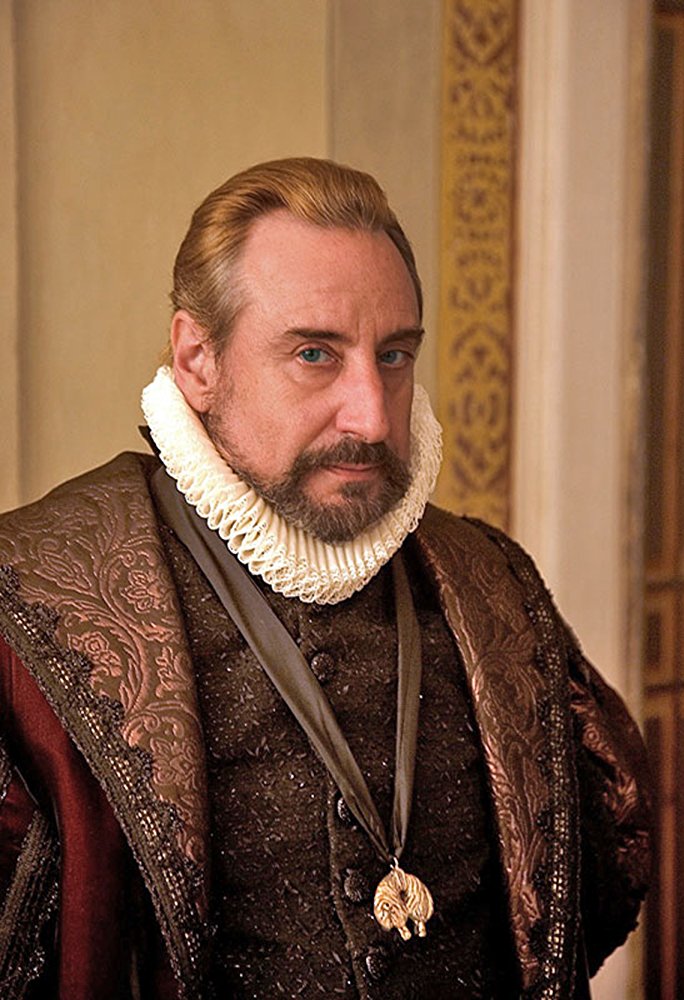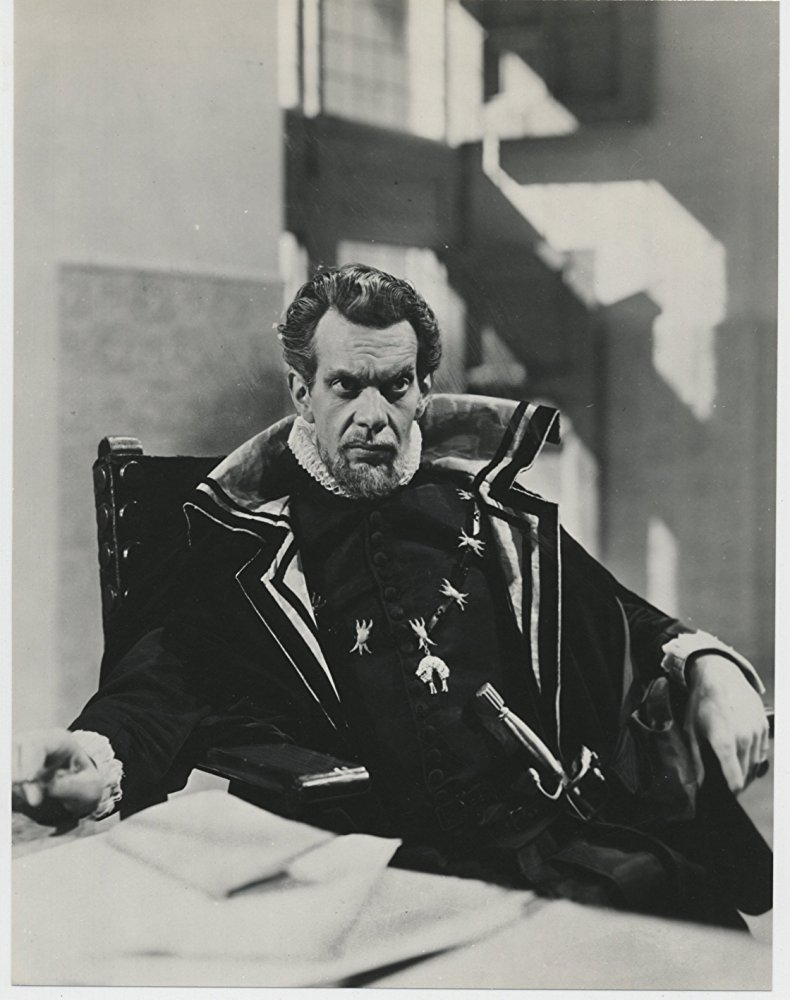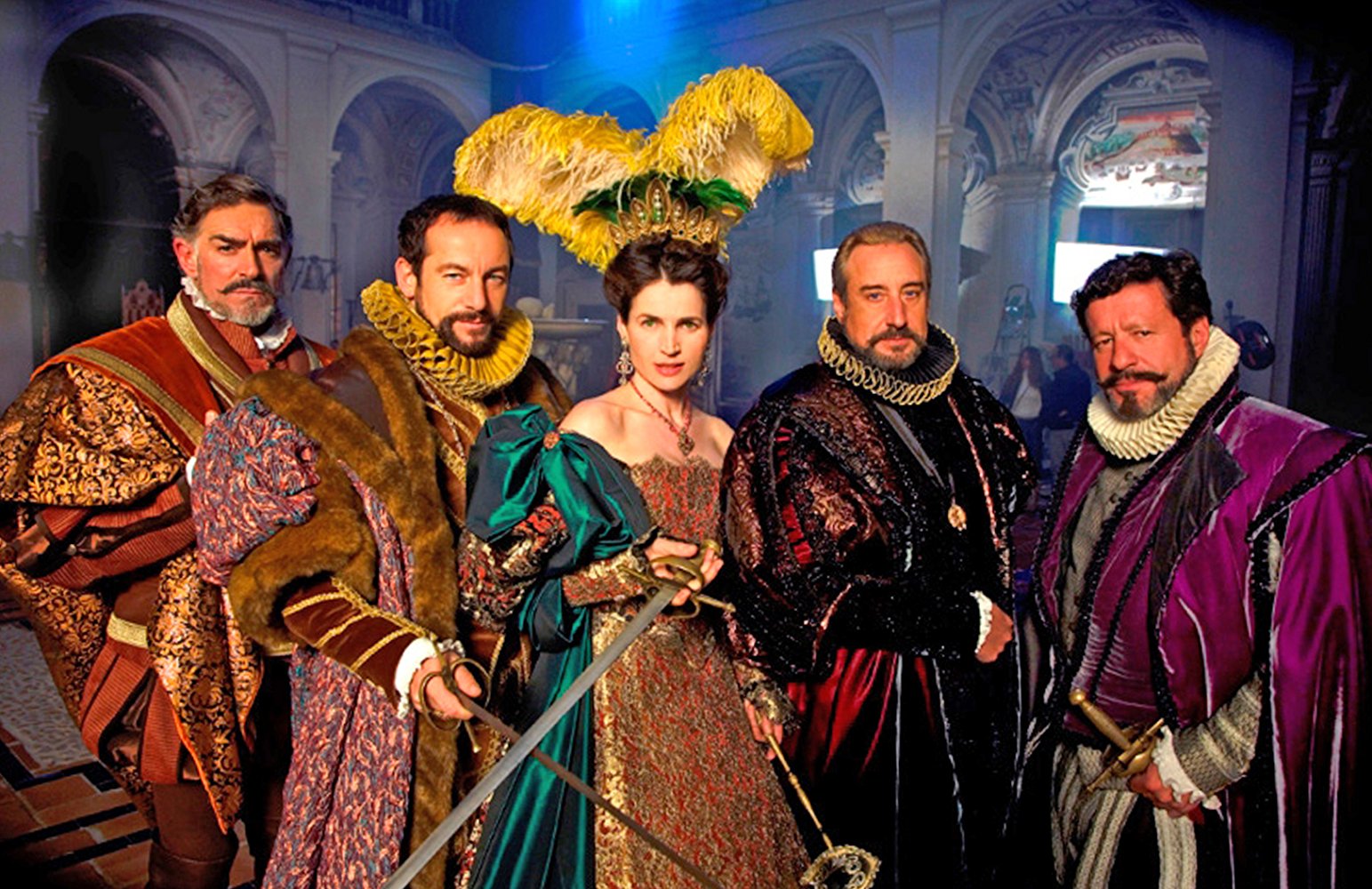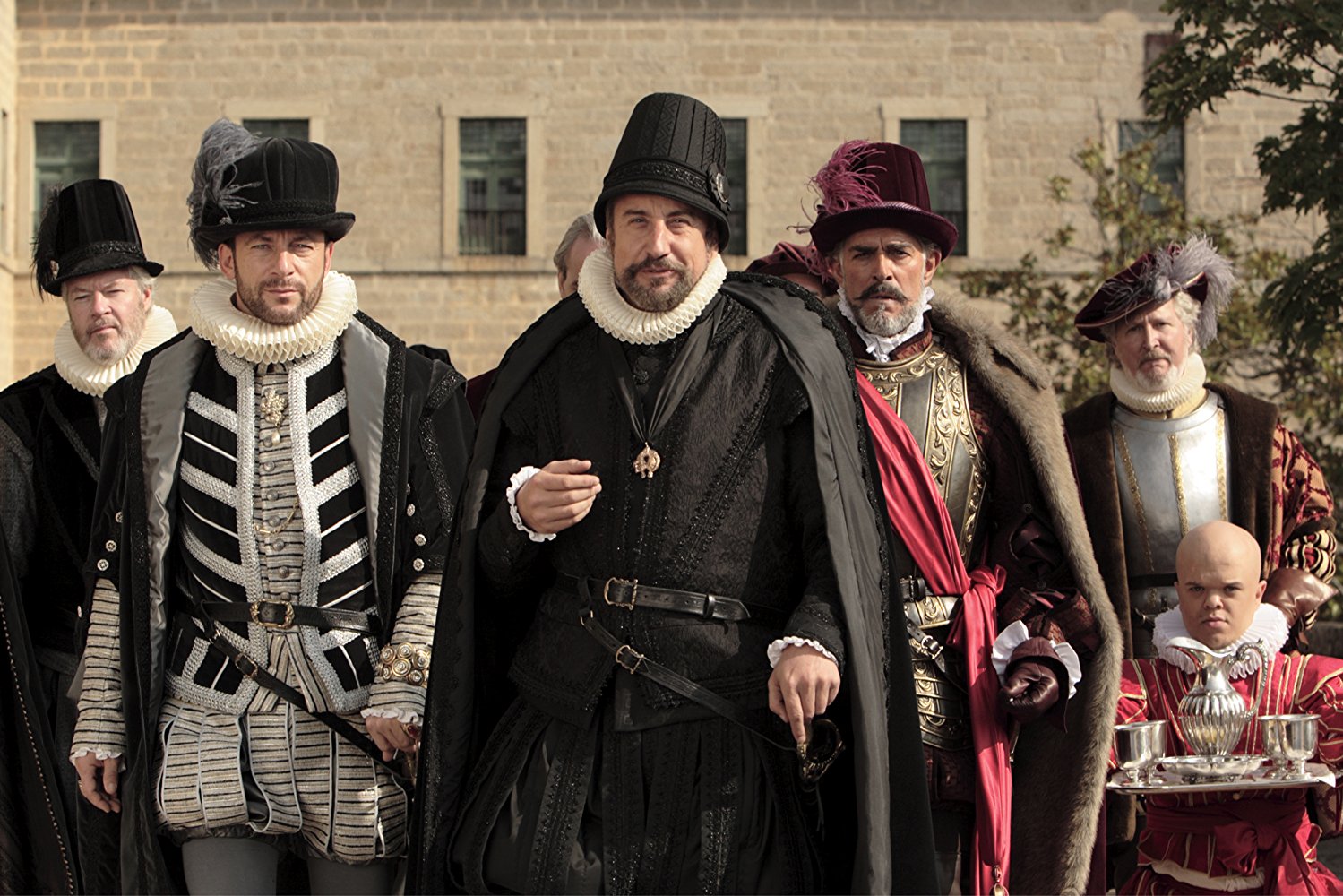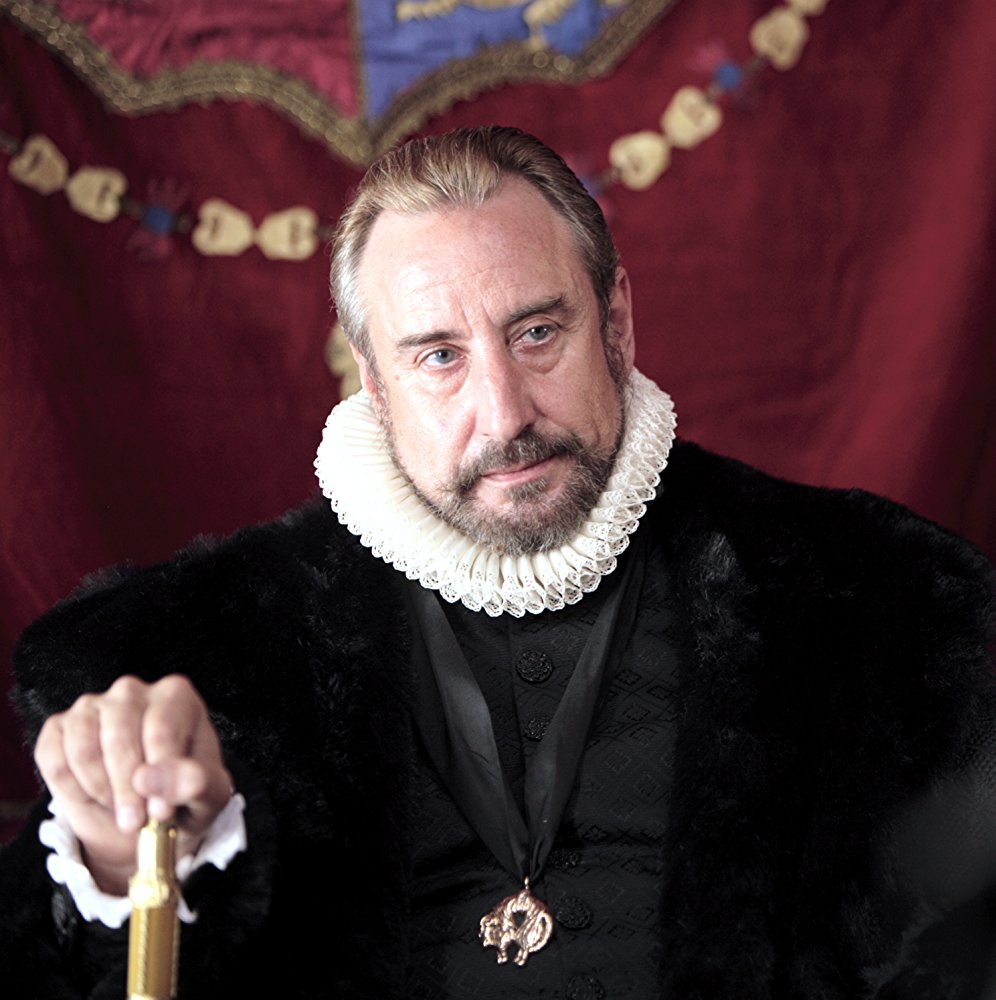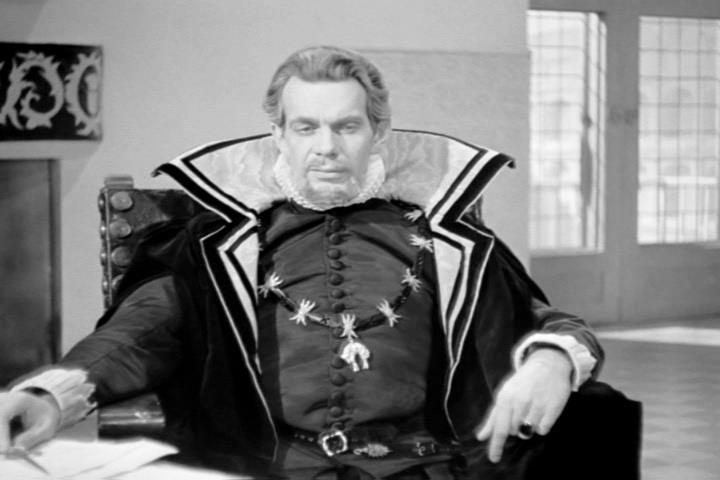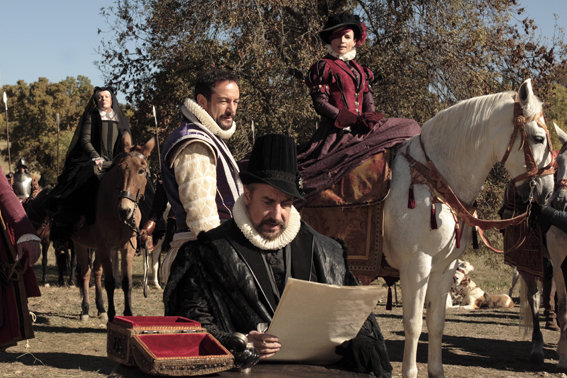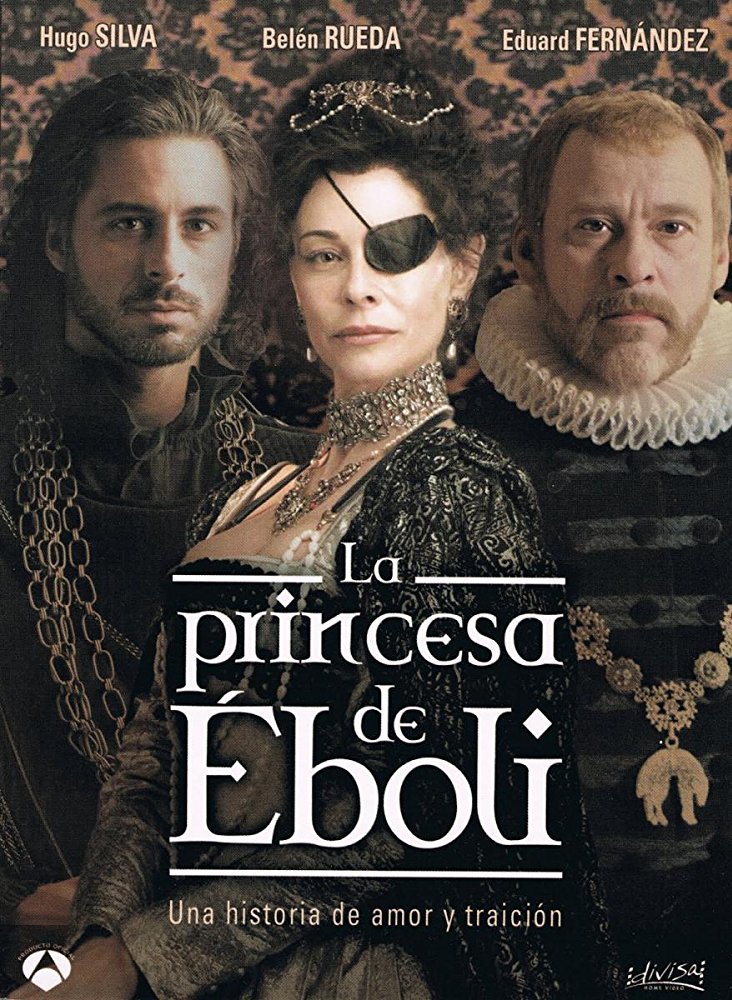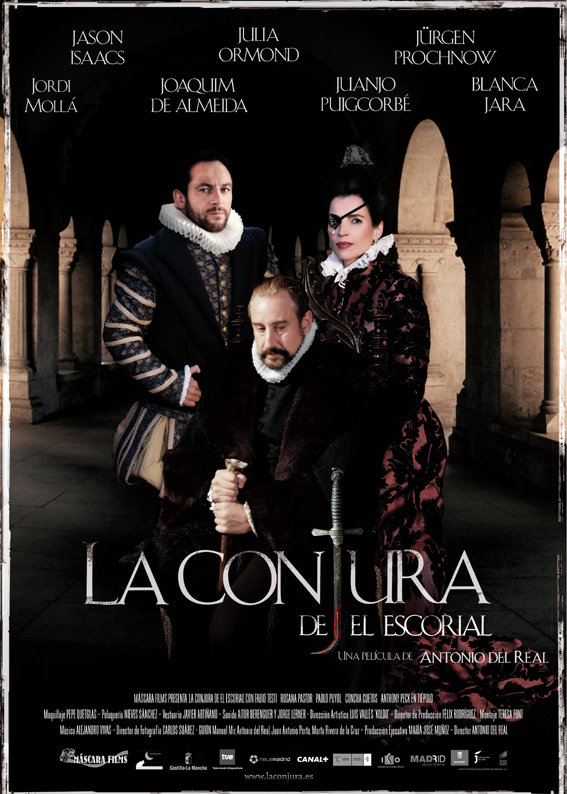Philip II of Spain (Spanish: Felipe II; 21 May 1527 13 September 1598), called the Prudent (el Prudente), was King of Spain[a] (155698), King of Portugal (158198, as Philip I, Filipe I), King of Naples and Sicily (both from 1554), and jure uxoris King of England and Ireland (during his marriage to Queen Mary I from 155458). He was also Duke of Mila...
Show more »
Philip II of Spain (Spanish: Felipe II; 21 May 1527 13 September 1598), called the Prudent (el Prudente), was King of Spain[a] (155698), King of Portugal (158198, as Philip I, Filipe I), King of Naples and Sicily (both from 1554), and jure uxoris King of England and Ireland (during his marriage to Queen Mary I from 155458). He was also Duke of Milan. From 1555, he was lord of the Seventeen Provinces of the Netherlands.Known in Spain as Felipe el Prudente (' Philip the Prudent' ), his empire included territories on every continent then known to Europeans, including his namesake the Philippine Islands. During his reign, Spain reached the height of its influence and power. This is sometimes called the Golden Age. The expression, the empire on which the sun never sets, was coined during Philip's time to reflect the extent of his dominion.During Philip's reign there were separate state bankruptcies in 1557, 1560, 1569, 1575, and 1596. This was partly the cause of the declaration of independence that created the Dutch Republic in 1581. A devout Catholic, Philip is also known for organising a naval expedition against Protestant England in 1588, the Spanish Armada, which was unsuccessful, mostly due to storms and serious logistical problems.Philip was described by the Venetian ambassador Paolo Fagolo in 1563 as slight of stature and round-faced, with pale blue eyes, somewhat prominent lip, and pink skin, but his overall appearance is very attractive. The Ambassador went on to say He dresses very tastefully, and everything that he does is courteous and gracious. https://en.wikipedia.org/wiki/Philip_II_of_Spain
Show less «

